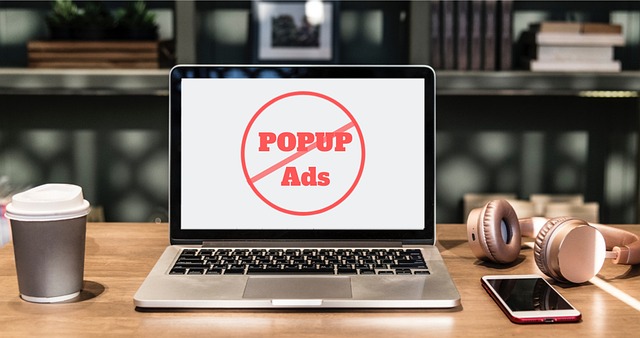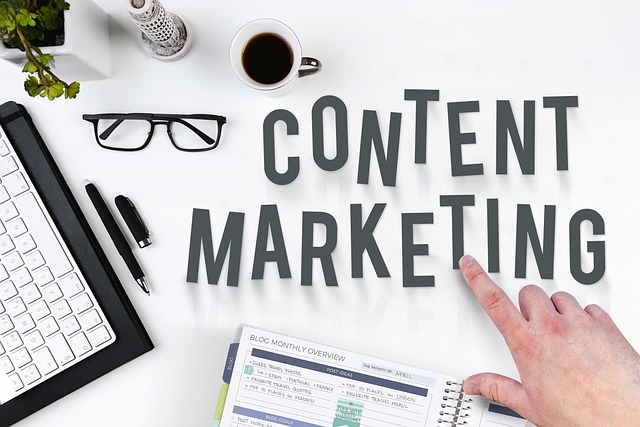Table of Contents Show
Strategic Guide to Sponsored Content
Sponsored content has become an integral part of digital marketing strategies, allowing brands to reach wider audiences through engaging and authentic content. This guide explores the key components of sponsored content and offers strategies to maximize your campaign’s success.
What is Sponsored Content?

Sponsored content is a form of paid advertising where brands collaborate with publishers, influencers, or content creators to produce and distribute content that promotes their products or services. It’s a strategic approach designed to blend seamlessly into the platform’s editorial content, providing value to the audience while subtly showcasing the brand. Unlike traditional advertising, which is often intrusive and disruptive, sponsored content aims to build trust and credibility by offering informative and engaging content.
Why is Sponsored Content Effective?
Sponsored content has gained significant traction in recent years due to its effectiveness in reaching target audiences and driving desired outcomes. Here’s why:
- Authenticity: By partnering with trusted publishers or influencers, brands can leverage their credibility to deliver messages in a more authentic and relatable manner. This fosters trust and builds stronger relationships with consumers.
- Engagement: Sponsored content is often designed to be informative, entertaining, or visually appealing, which encourages higher engagement rates compared to traditional ads.
- Targeted Reach: By collaborating with platforms or influencers that align with the brand’s target audience, sponsored content can deliver highly targeted messages to the right people.
- Measurable Results: With the use of analytics tools, brands can track the performance of their sponsored content campaigns, measure key metrics like engagement, clicks, and conversions, and optimize their strategies accordingly.
Types of Sponsored Content

There are several formats of sponsored content that brands can utilize to achieve their marketing objectives:
- Influencer Marketing: Partnering with social media influencers to create content that resonates with their followers. This approach leverages the influencer’s authority and influence to drive brand awareness and conversions.
- Native Advertising: Creating content that aligns seamlessly with the platform’s editorial style and format. This type of sponsored content aims to provide value to the audience while subtly promoting the brand. Examples include sponsored articles, videos, and infographics.
- Guest Posting: Writing articles or blog posts for relevant industry publications or websites. This tactic helps establish the brand as an authority in its niche and generates valuable backlinks.
- Sponsored Social Media Posts: Paying for sponsored posts on social media platforms to reach a wider audience and increase brand visibility.
Creating a Successful Sponsored Content Campaign

Developing a successful sponsored content campaign requires careful planning and execution. Here are the key steps involved:
- Define Clear Objectives: Clearly outline the goals of your campaign. Whether it’s increasing brand awareness, generating leads, driving website traffic, or boosting sales, having well-defined objectives will guide your strategy.
- Identify Your Target Audience: Understand your ideal customer’s demographics, interests, and online behaviors. This information will help you select the right platforms and influencers for your campaign.
- Choose the Right Partners: Select publishers, influencers, or content creators who align with your brand values and have an audience that matches your target demographic. Research their content, engagement rates, and audience demographics to ensure a good fit.
- Develop Compelling Content: Create high-quality content that is informative, engaging, and relevant to your target audience. Collaborate with your partners to ensure the content aligns with their platform’s style and tone.
- Set Clear Expectations: Establish clear guidelines and expectations with your partners regarding content creation, timelines, deliverables, and compensation. A well-defined agreement will help avoid misunderstandings and ensure a smooth collaboration.
- Track and Measure Performance: Use analytics tools to monitor the performance of your campaign. Key metrics to track include engagement rates, click-through rates, conversions, and return on investment (ROI). Analyze the data to identify what’s working and make necessary adjustments.
Best Practices for Sponsored Content
To maximize the effectiveness of your sponsored content campaigns, consider the following best practices:
- Build Long-Term Relationships: Foster strong relationships with your partners to create a mutually beneficial collaboration. Long-term partnerships can lead to more authentic and impactful campaigns.
- Prioritize Authenticity: Genuine content resonates better with audiences. Encourage your partners to share their honest opinions and experiences with your brand.
- Diversify Your Content: Experiment with different formats and platforms to reach a wider audience and maintain interest.
- Comply with Regulations: Ensure that your sponsored content adheres to advertising guidelines and disclosure requirements. Transparency builds trust with consumers.
- Engage with Your Audience: Encourage interaction and engagement with your sponsored content to foster a sense of community and build brand loyalty.
Case Studies of Successful Sponsored Content Campaigns
Numerous brands have achieved remarkable success through well-executed sponsored content campaigns. Here are a few notable examples:
- BuzzFeed and Purina: BuzzFeed collaborated with Purina to create a series of humorous and heartwarming videos featuring pets. The campaign went viral, generating millions of views and significantly boosting brand awareness for Purina.
- The New York Times and Netflix: The New York Times partnered with Netflix to produce a native ad for the show “Orange Is the New Black.” The in-depth article about women in prison captivated readers and effectively promoted the series.
- Glossier and Instagram Influencers: Glossier leveraged the power of Instagram influencers to showcase their products authentically. The campaign generated high engagement and drove sales for the beauty brand.
By following these guidelines and leveraging the power of sponsored content, brands can effectively reach their target audience, build trust, and drive business growth.
Conclusion
Sponsored content is a powerful tool that, when executed correctly, can significantly enhance your brand’s visibility and credibility. By understanding your goals, choosing the right partners, creating authentic content, and measuring your success, you can create effective sponsored content campaigns that resonate with your audience and drive meaningful results. Embrace the power of sponsored content and watch your brand reach new heights.






2 comments